School History Trips To Munich
Munich presents groups with a cosmopolitan city to explore art and culture while allowing opportunities to uncover Germany’s modern history.
Highlights
History and context of National Socialism at NS-dokumentatio
Memorial Weisse Rose
Identity and culture at the Jewish Museum
Memorial of Dachau Concentration Camp
Hardenhuish SchoolWonderful support throughout the trip and excellent knowledge of the area visiting
Suggested itinerary
What's included*
*Please note, entrance fees where applicable are not included in typical price – contact us for more details
Recommended excursions
Close to the Marienplatz, this modern museum gives an insight into Jewish life and culture in Munich and provides a wealth of information about Jewish Heritage and religion. The Permanent exhibition “Voices_Places_Times” considers the diverse aspects of Jewish identity and Munich’s Jewish history. Seven installations give insight into Jewish life and feature the voices of contemporary eyewitnesses.
This modern documentation centre opened in 2015 on the site of the former headquarters of the Nazi party to inform and educate visitors about the Nazi period and its crimes. Topics include the rise of the Nazi movement in Munich and the role played by the city in its terror system. It also examines the difficulties faced by the city in dealing with its National Socialist past after 1945.
This is a circular tour designed to take visitors past places that are of particular significance in the history of National Socialism. There is a booklet and audio version which provides background information to the History of the National Socialist Movement.
The small permanent exhibition inside Munich’s Ludwig-Maximilians-University remembers the passive student resistance movement against Nazi dictatorship which started at the University in 1942. Several students and a professor distributed leaflets protesting against war, oppression and the crimes of the National Socialists. Many of those involved were arrested and executed in 1943 (guided tours are available).
The camp for political prisoners served as a model for later concentration camps. 200,000 people were imprisoned here and in the subsidiary camps and 41,500 people were murdered. Today an exhibition gives an overview of the history of the camp and explains the original use of the exhibition rooms. The grounds can be visited together with a model barrack, the crematorium and other exhibitions.
Nuremberg’s historical old town has been restored, where the former Nazi Party Rally ground to the south of the city covers an area of 11 square kilometres. At the Documentation Centre located in the north wing of the congress Hall there is a permanent exhibition titled €˜Fascination and Terror’ that examines this dark period of modern history including the post-war Nuremberg Trials.
The Dokumentation Obersalzberg is a permanent exhibition about the history of Obersalzberg and of National Socialism, recognising the importance of this mountain village which became a closed area for Hitler and party officials. The exhibition displays a collection of photos, documents, posters, film and sound recordings and, there is also access to part of the bunker complex.
The Eagles Nest, a gift to Hitler for his 50th Birthday, located on a rocky peak over 2,000 m above sea level, can be visited by special bus. It is now a mountain restaurant. (Eagles Nest usually open May – October)
Marienplatz is dominated by the New Town Hall built in Flemish Gothic style in the 19th century. At 11.00 am, 12 and 5pm visitors watch the famous Glockenspiel or carillon, where figures perform a dance, originally performed in the Middle Ages, to mark the end of the plague. The Old Town Hall (Altes Rathaus) was originally built in the 15th century, and was reconstructed in the original style following destruction in WWII.
This impressive Royal Palace in the city centre is a complex of buildings of different architectural styles, Renaissance, Baroque, Rococo, and Classical. It was the residence of the rulers of Bavaria for five hundred years. Now a museum 130 rooms display period furniture, paintings, tapestries and porcelain. The Treasury contains a unique collection of gold dating from the Middle Ages.
The impressive royal Palace was built in 1664 for the Bavarian Elector as a gift to his wife on the birth of their son and heir. Visitors can enjoy the magnificent State rooms, banqueting hall and Ludwig 1st Gallery of Beauties. Highlights are the bedroom where King Ludwig II was born, fine ceiling frescoes by Johann Baptist Zimmermann and extensive gardens.


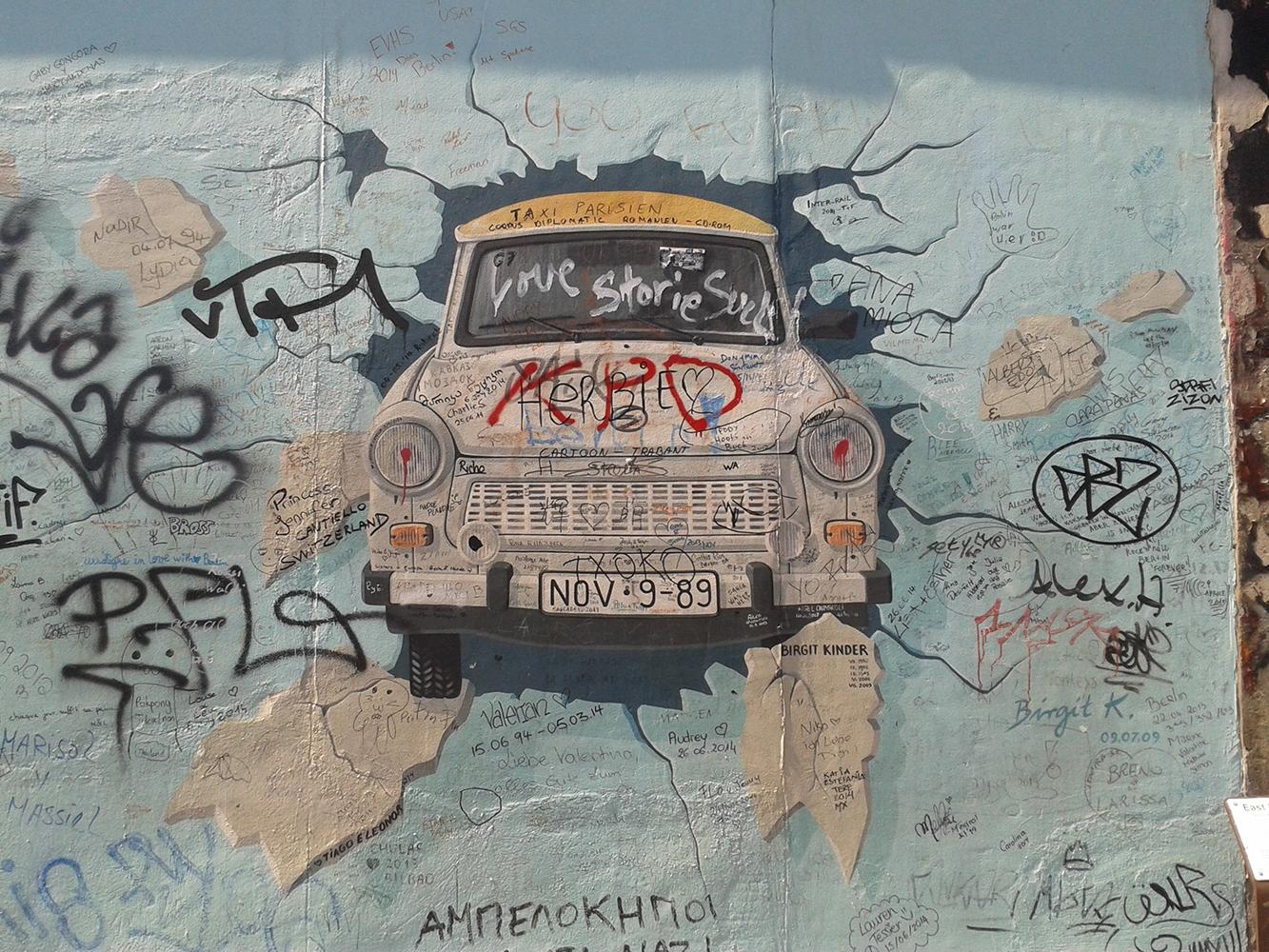
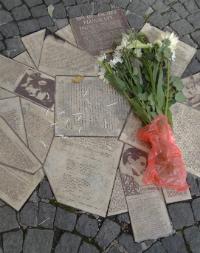
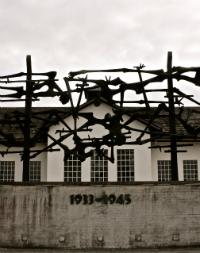
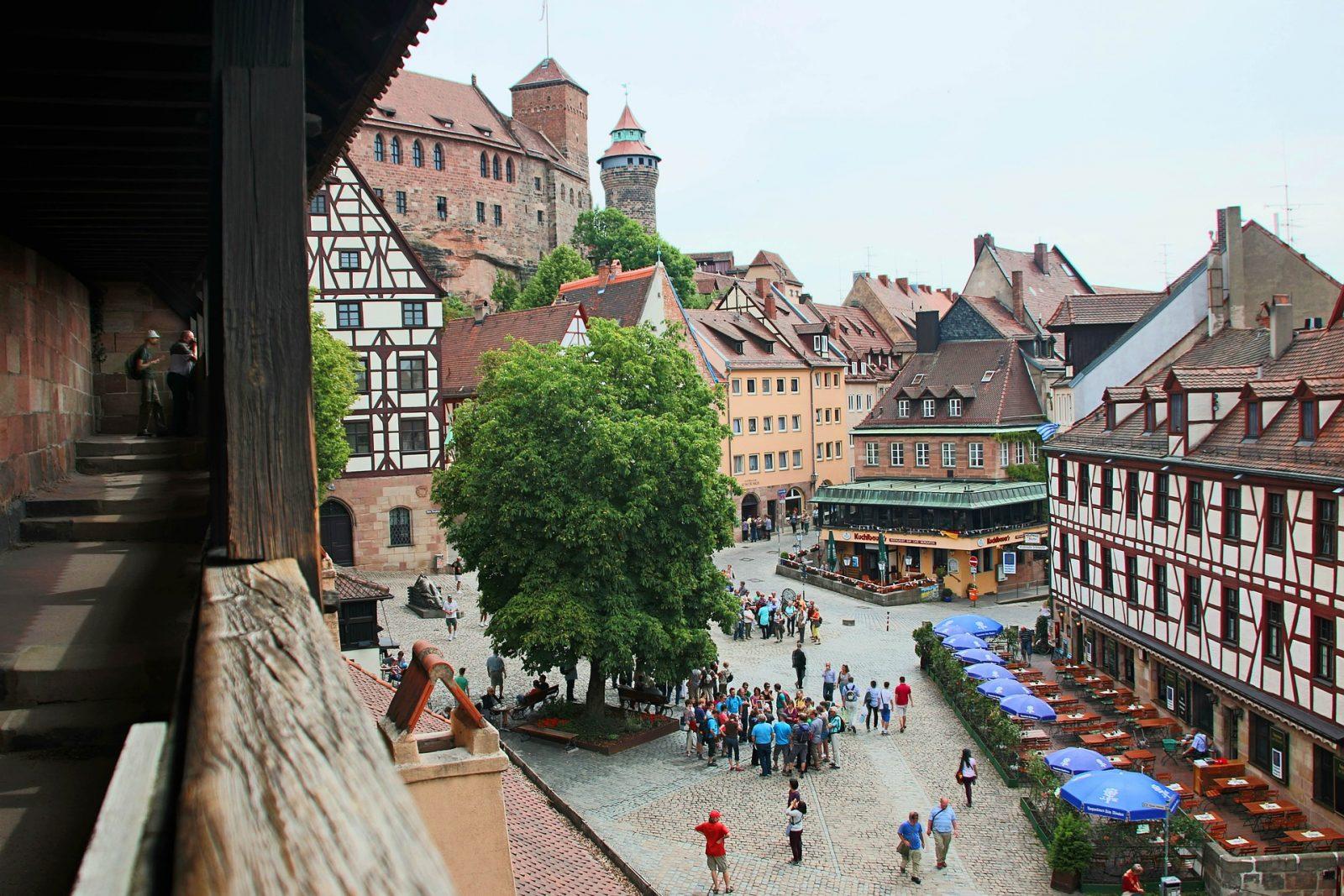
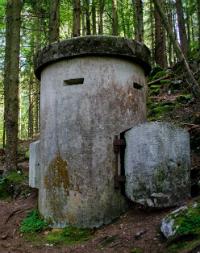
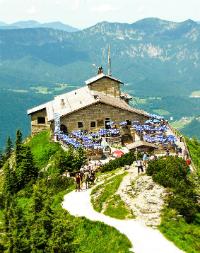
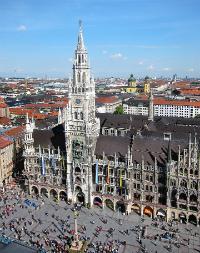
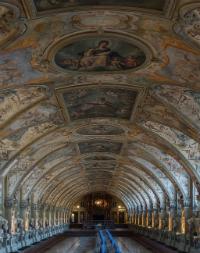
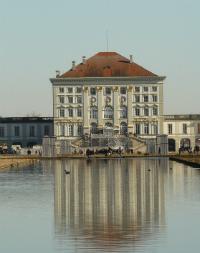
Typical accommodation
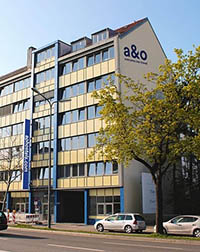
Why groups like it:
Facilities:
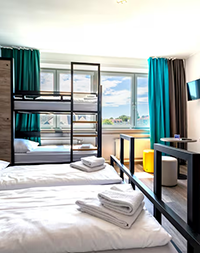
Why groups like it:
Facilities:
Learning outcomes
Subject focus
Students can:
- Learn more about the importance of events in this city for German and European history
- Visit a central location in the history of the rise of National Socialism and the development of a totalitarian state.
- Gain a greater understanding of Munich’s pre-war and war-time history and reflect on atrocities committed during World War II
- Reflect on Justice and retribution in Nuremberg.
Student outcomes
Students will have had an opportunity to:
- Contemplate the breadth of German history
- Ponder how the repetition of the tragic events of the past can be avoided in the future
- Find out how present generations understand and come to terms with the past
- Consider life under the tyranny of a totalitarian regime and resistance to that regime
- Gain a sense of the human cost of World War II
Related tours
Berlin has been at the centre of many key events in modern European History: WWII, The Cold War, the Fall of Communism and the reunification of Germany.
On a school History trip to Berlin, students can visit Berlin’s key historical sites that relate your teaching to subject-specific learning objectives such as WWII history and Cold War studies.
Your school History trip to Berlin will help your pupils develop an understanding of post-war Berlin and the context of the Cold War. They’ll get first-hand experience of the impact that the division of the city had and a deeper understanding of tensions that escalated between the East and West superpowers leading to the Cold War period.
Our excursions will touch upon historical concepts such as socialism, communism, ideology, propaganda and international conflict.
Connecting with history
With emblematic monuments such as the Berlin Wall Memorial, Checkpoint Charlie and the Tränenpalast, students can:
- analyse how heightened tensions between USSR and USA powers translated into physical boundaries
- explore how Berlin as a city encapsulates the antagonism between the communist and capitalist ideologies
- picture how this spatial division resonated within the divided German population and how this affected their lives
- give pupils perspective on concepts such as freedom of movement and fundamental liberties, and how these were challenged at the time
A personal perspective
A school History trip to Berlin will provide insights into how the German population lived during the Cold War. This will be explored interactively at the DDR Museum and Stasi Museum, with students:
- touching, holding and engaging with a range of objects and installations within the museum
- getting practical knowledge about the everyday life of the German population in the DDR and the realities of life under socialism
- understanding historical concepts such as continuity and change, similarities and differences
Take learning outside the classroom for your Key Stage 3 and 4 students and prepare them with critical analysis skills, practical case studies and real-life examples for their GCSEs.
With Travelbound, we can customise your trip to fit any learning requirements.



